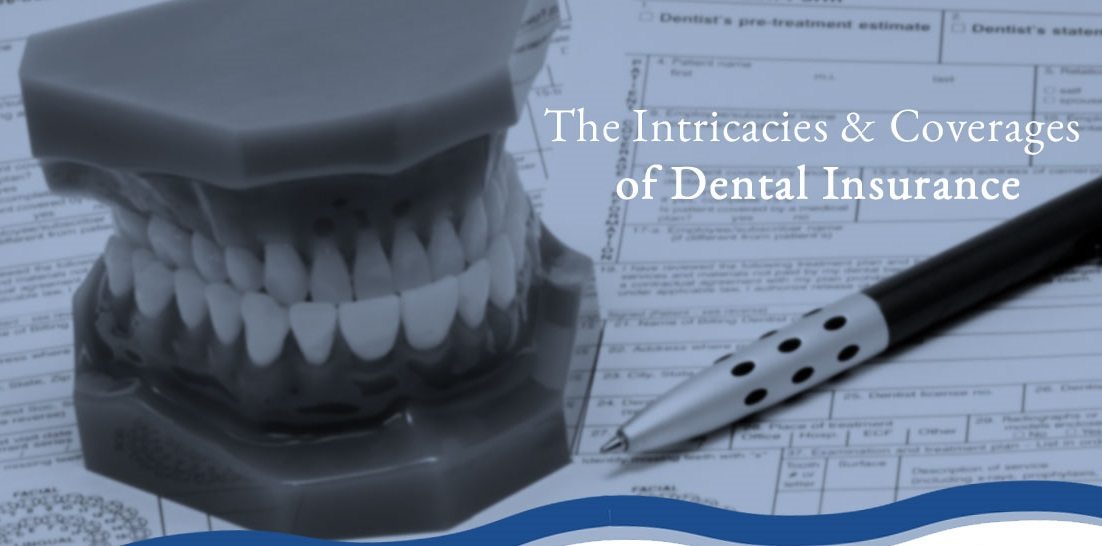Understanding dental insurance coverage is crucial for individuals and families seeking to manage their oral health expenses effectively. Dental insurance policies vary widely in terms of coverage, costs, and limitations, making it essential to grasp the basics before selecting a plan. This article explores the typical coverage provided by dental insurance, factors influencing coverage levels, common terms and conditions, and tips for maximizing benefits.
Introduction to Dental Insurance
Dental insurance is designed to help offset the costs of preventive, basic, and major dental care services. Like other types of insurance, dental plans involve premiums, deductibles, copayments, and coverage limits. The specifics of coverage can vary significantly depending on the insurance provider, the type of plan chosen, and regional factors.
SEE ALSO: What Is The Best Dental Insurance for Retirees
Types of Dental Coverage
There are generally three main types of dental insurance plans:
Dental Health Maintenance Organization (DHMO): DHMO plans require members to select a primary dentist or dental office from a network of providers. These plans typically offer lower out-of-pocket costs for covered services but may have more restrictions on choice of dentist and referrals for specialty care.
Preferred Provider Organization (PPO): PPO plans offer a network of dentists and specialists who have agreed to provide services at a discounted rate. Members can choose to see any dentist, but typically pay less when they visit a dentist within the PPO network.
Indemnity or Fee-for-Service Plans: These plans allow members to visit any licensed dentist and are not restricted to a network. They reimburse a percentage of the dentist’s fee or a predetermined amount for covered services, with members responsible for any difference in cost.
How Much Does Most Dental Insurance Cover?
Dental insurance typically covers services in three main categories:
Preventive Services: These include routine exams, cleanings, and X-rays. Most dental plans cover preventive services at 100%, meaning there is no cost to the member when visiting an in-network dentist for these procedures.
Basic Services: Basic services often include fillings, extractions, and emergency care. Coverage for basic services is usually around 70% to 80%, with members responsible for the remaining portion through copayments or coinsurance.
Major Services: Major services encompass more complex procedures such as root canals, crowns, bridges, and dentures.
Coverage for major services is typically around 50%, although this can vary widely between plans and insurers.
Factors Influencing Coverage
Several factors influence how much dental insurance covers:
Plan Type: DHMO, PPO, and indemnity plans have different structures for coverage and reimbursement.
Network Restrictions: DHMO and PPO plans may require members to use in-network providers for maximum coverage.
Annual Maximum: Most dental plans have an annual maximum benefit, which is the maximum amount the plan will pay toward dental care within a calendar year.
Waiting Periods: Some plans may have waiting periods before coverage begins for certain procedures, particularly for major services.
Exclusions and Limitations: Dental insurance plans may exclude coverage for certain procedures or have limitations on frequency (e.g., one cleaning every six months).
Common Terms And Conditions
When evaluating dental insurance coverage, it’s important to understand common terms and conditions:
Deductible: The amount you must pay out-of-pocket before your insurance begins to cover costs.
Coinsurance: The percentage of costs you are responsible for after meeting your deductible.
Copayment: A fixed amount you pay for a covered service, often seen in DHMO and PPO plans for basic and major services.
Exclusions: Services not covered by the plan, such as cosmetic procedures or elective treatments.
Annual Maximum: The maximum dollar amount the insurance plan will pay toward covered services in a calendar year.
Maximizing Dental Insurance Benefits
To make the most of dental insurance coverage:
Understand Your Plan: Read the policy documents carefully to understand what is covered and any limitations.
Choose In-Network Providers: If you have a PPO or DHMO plan, choosing in-network dentists can lower your out-of-pocket costs.
Use Preventive Services: Take advantage of covered preventive services to maintain oral health and prevent more costly dental issues.
Plan Ahead: Schedule treatments strategically to make use of annual maximums and minimize out-of-pocket expenses.
Consider Supplemental Coverage: For those needing extensive dental work, supplemental dental insurance or discount plans may provide additional benefits.
Conclusion
Dental insurance plays a crucial role in helping individuals and families afford essential dental care. By understanding how much dental insurance typically covers and the factors that influence coverage levels, consumers can make informed decisions when selecting a plan. Regular preventive care, choosing in-network providers, and being aware of policy details are key strategies for maximizing dental insurance benefits and maintaining optimal oral health.

